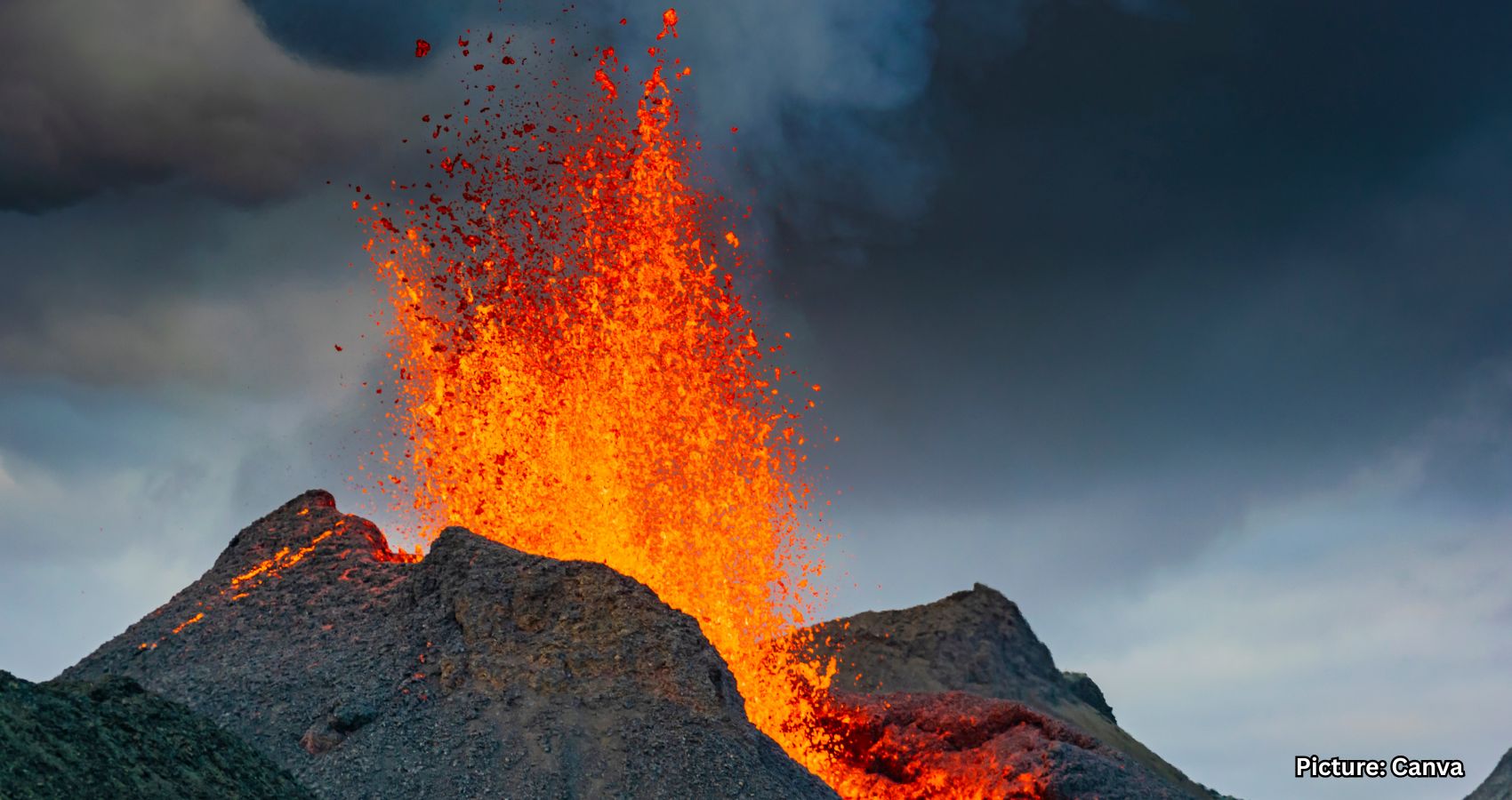An underwater volcano, Axial Seamount, located 300 miles off the Oregon coast, is showing signs of a potential eruption, though experts assure it poses no threat to land or seismic activity.
Scientists have indicated that the Axial Seamount, an underwater volcano situated 300 miles off the coast of Oregon, may erupt later this year. This volcano, which lies over 4,900 feet beneath the surface of the Pacific Ocean, has not erupted since 2015, but recent observations suggest that it could be on the verge of an eruption.
The Axial Seamount is formed by a geological phenomenon known as a hot spot. This occurs when hot plumes of molten material rise from the Earth’s mantle into the crust. According to the University of Washington’s College of the Environment, as the tectonic plates move over the stationary hot spot, long chains of volcanoes are created over time.
“Over two-thirds of the Earth’s surface was formed by volcanic eruptions at these mid-ocean ridges,” said Maya Tolstoy, a marine geophysicist and dean of the university’s College of the Environment. “Axial Seamount is a direct result of these fundamental processes that continue to shape our planet today.”
Despite the potential for an eruption, scientists have reassured the public that there is no immediate danger. “Axial Seamount is much too deep and far from shore for people on land to even notice when it erupts,” the university’s blog post stated. “An eruption at Axial Seamount also has nothing to do with seismic activity on land, so Pacific Northwesterners don’t need to worry about this event triggering a major earthquake or tsunami.”
The first indication of an impending eruption will likely be a significant increase in seismic activity around the volcano. Deborah Kelley, a professor at the University of Washington’s School of Oceanography and director of the Regional Cabled Array, noted that the volcano has already surpassed the inflation levels observed in 2015. Currently, the earthquake activity remains relatively low, with reports of 200 to 300 earthquakes occurring daily, and occasional spikes reaching around 1,000 due to tidal influences.
“If what we learned in 2015 is correct, I would expect to see more than 2,000 earthquakes per day for a few months before the eruption,” Kelley explained. The increased seismic activity is attributed to magma moving closer to the surface.
William Wilcock, also a professor at the UW School of Oceanography, elaborated on the eruption process. “That period lasts about an hour, and then the magma reaches the surface,” he said. “Lava flows spread across the caldera, and lava-filled fissures open up to the north or the south, reaching as far as 40 kilometers (about 25 miles).” He added that while the seismic activity tends to decrease shortly after the eruption begins, the eruption itself may continue at a slow pace for approximately a month.
In summary, while the Axial Seamount shows signs of a potential eruption, experts maintain that it poses no threat to coastal communities or seismic stability in the region. The ongoing monitoring of the volcano will provide further insights into its activity and any necessary precautions.
Source: Original article

